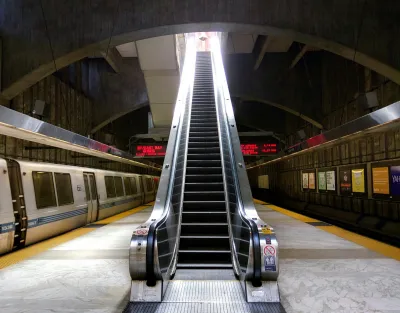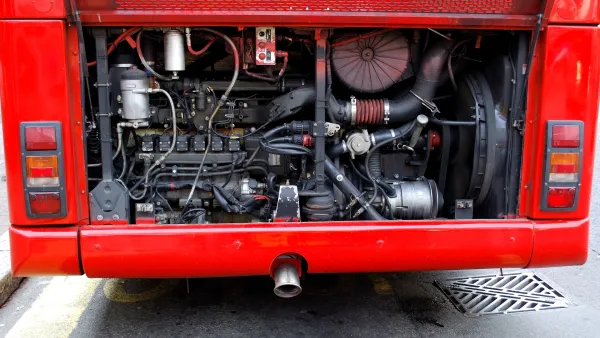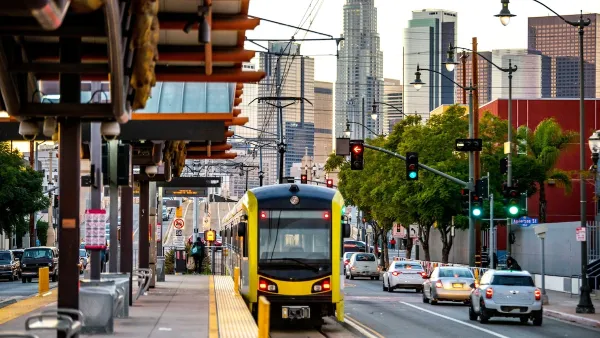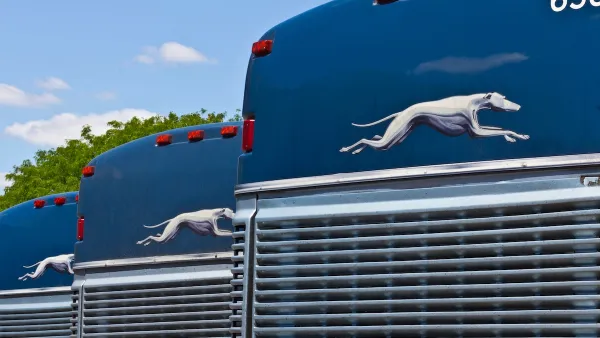We have a limited number of dense core neighborhoods in which getting around without a car is possible; such neighborhoods may appeal to many people, but having access to them affects people differently depending on work type and income level.

In a Twitter thread responding to Rick Jacobus’s December 2018 article “YIMBYs, Thanks for Listening,” the conversation turned from housing supply and affordability to commuting and transit. BART, the Bay Area’s regional transit system, is seriously overloaded, commenters complained, and moving even a little ways out of the city can lead to hours-long, unreliable commutes.
In “YIMBYs, White Privilege, and the Soul of Our City,” Fernando Martí discusses the sense that one of the things that gets people riled up about the YIMBY movement is that while proponents talk about the importance of breaking into exclusionary surrounding communities, few of them actually want to live in those places, preferring instead to live in now-hip core neighborhoods.
Martí sees this as stemming from a sense of entitlement, and that’s definitely present. But I think there’s something more there. Having grown up in the age of fighting sprawl, climate change, and impoverished cities that “needed help,” I think Millennials, and even Gen Xers like myself, tend to have absorbed the idea that living in a walkable, bikeable, transit-rich area is itself an ethical choice—the smart growth choice. Those who opt for urban living therefore consider themselves to be voting with their feet for the kind of dense neighborhoods we need to build, and reducing their carbon footprint. Many of them still have families who worry about them in the big bad (racially diverse) city, against which they are holding up a different ideal of how we can and should live.
“The planet is burning down and electric cars will not save us,” says Victoria Fierce, of East Bay for Everyone.
“We’ve had a land use policy in the United States that resulted in extensive segregation of our communities [by] race and by income,” says Jesse Kanson-Benanav, a leader of the YIMBY group A Better Cambridge in Cambridge, Massachusetts. “Part and parcel to that segregation and social division was the impact on the environment, sprawling development that requires people to be in cars and eats up farmland [and] natural landscape. So I really wanted to be involved in discussions about how [to] re-urbanize America, building higher density communities as a way to address the social segregation and environmental destruction of 100 years of suburban sprawl.”
I expect this is partly why many folks who have chosen core neighborhoods are then so affronted to be called “gentrifiers” and told their presence in those places might be causing harm. They thought they were making the ethical choice, not just the culturally appealing one.
FULL STORY: Who Most Needs Access to Core Neighborhoods?

Analysis: Cybertruck Fatality Rate Far Exceeds That of Ford Pinto
The Tesla Cybertruck was recalled seven times last year.

National Parks Layoffs Will Cause Communities to Lose Billions
Thousands of essential park workers were laid off this week, just before the busy spring break season.

Retro-silient?: America’s First “Eco-burb,” The Woodlands Turns 50
A master-planned community north of Houston offers lessons on green infrastructure and resilient design, but falls short of its founder’s lofty affordability and walkability goals.

Test News Post 1
This is a summary

Analysis: Cybertruck Fatality Rate Far Exceeds That of Ford Pinto
The Tesla Cybertruck was recalled seven times last year.

Test News Headline 46
Test for the image on the front page.
Urban Design for Planners 1: Software Tools
This six-course series explores essential urban design concepts using open source software and equips planners with the tools they need to participate fully in the urban design process.
Planning for Universal Design
Learn the tools for implementing Universal Design in planning regulations.
EMC Planning Group, Inc.
Planetizen
Planetizen
Mpact (formerly Rail~Volution)
Great Falls Development Authority, Inc.
HUDs Office of Policy Development and Research
NYU Wagner Graduate School of Public Service




























